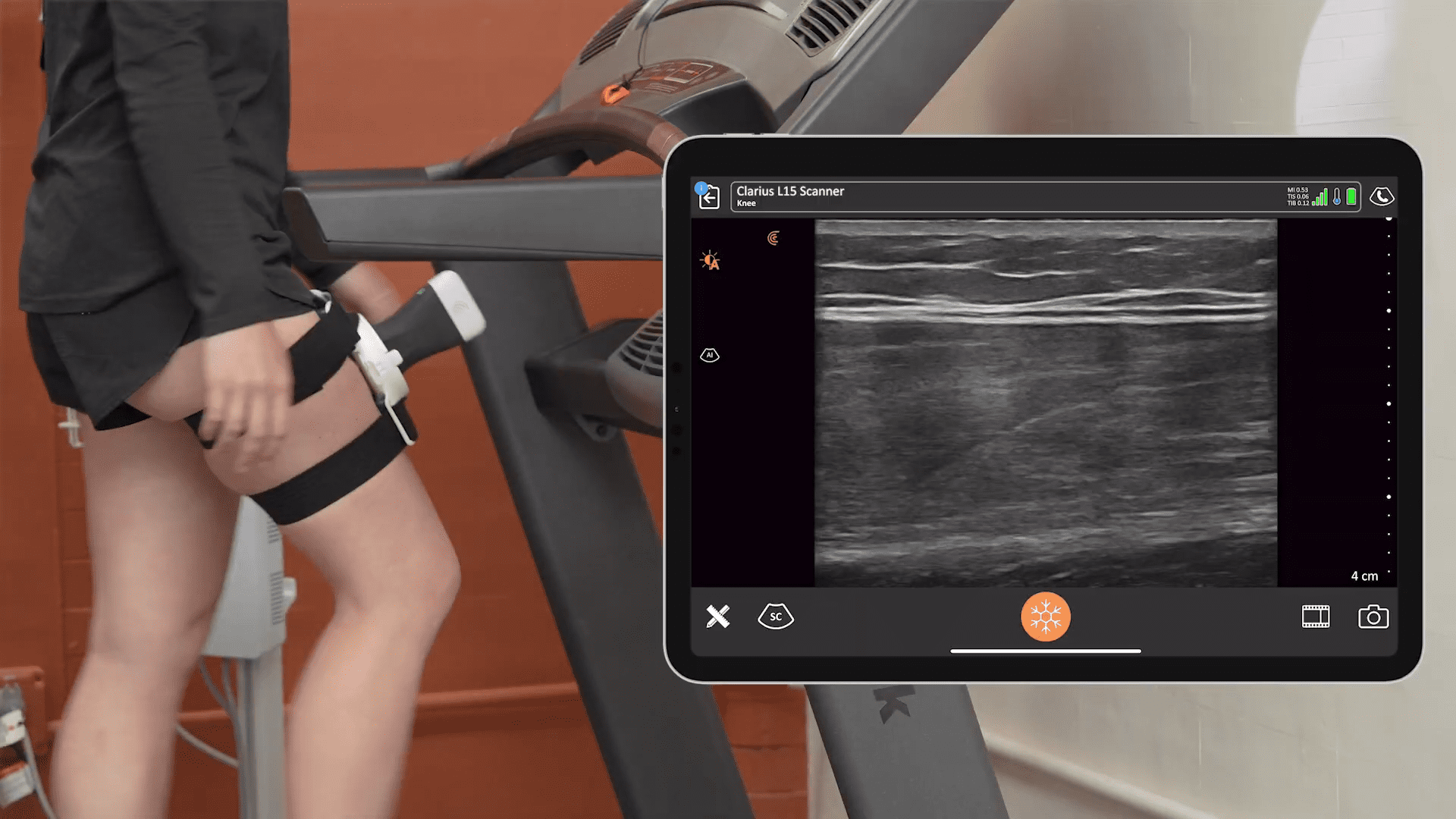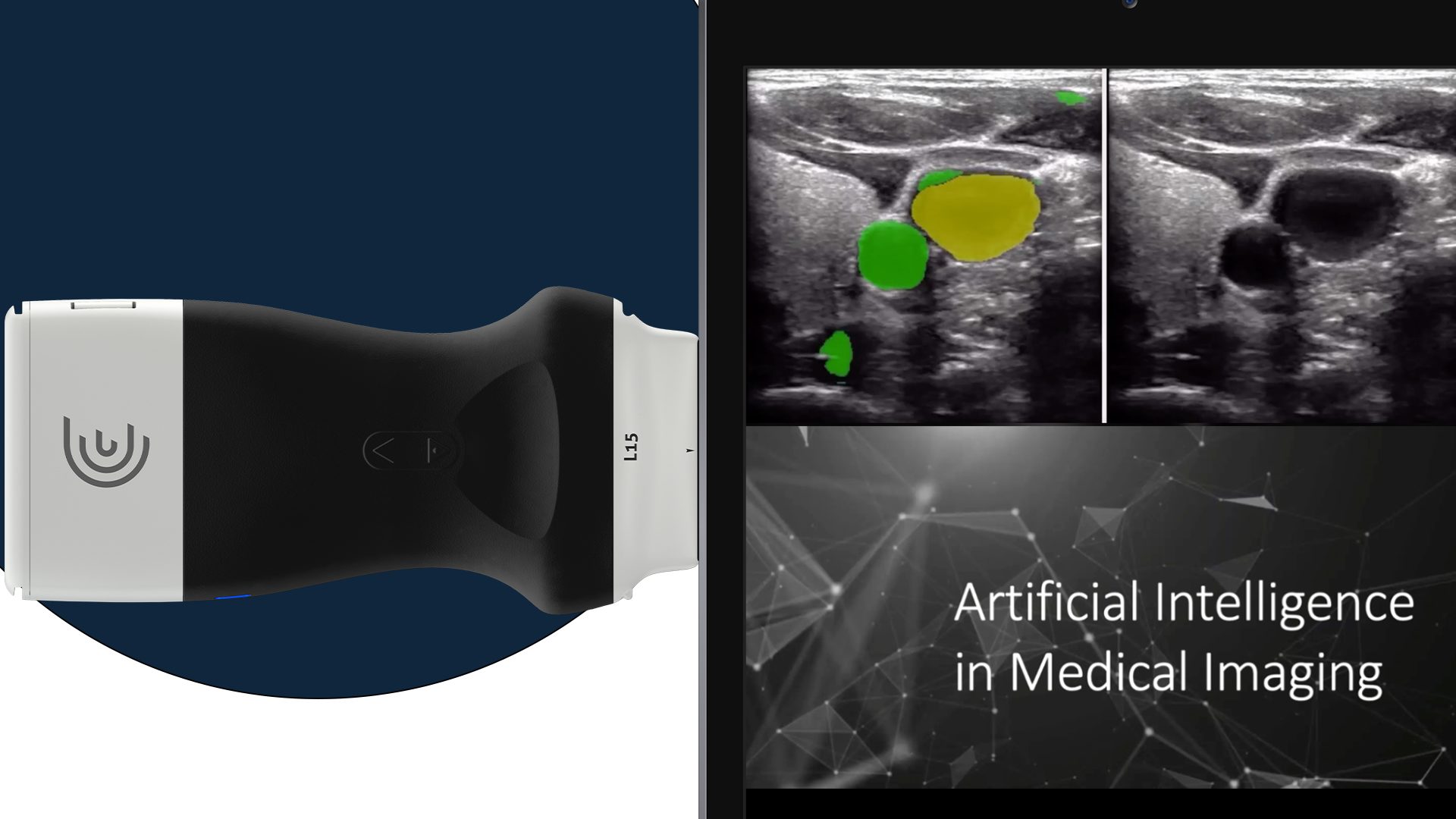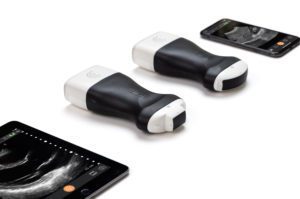Kris Dickie, our Vice President of Research & Development, is an active member of Linkedin and often contributes in-depth articles. Here we’re providing an edited version of an article he recently wrote about his 20-year career developing ultrasound systems. Click here to read the full article.
Introduction
My first job 20 years ago was helping design cutting edge ultrasound systems, and that trend continues today – I’ve built a career in ultrasound imaging and haven’t looked back.
Most recently, I’m helping bring to market the most challenging project I’ve worked on in my 20 years in the industry – Clarius HD. The vision of Clarius when it was started was simple, yet incredibly difficult: Provide world-class ultrasound imaging in a handheld form factor. We wanted our imaging to live up to the standards that radiologists and sonographers were used to getting in larger ultrasound systems.
Building a Legacy
Clarius’ first product was a step towards achieving our original vision; we created a suite of handheld ultrasound devices which could go toe-to-toe with any laptop and even many cart-based ultrasound systems on the market. Undoubtedly, we had our problems and although we gained traction in the industry relatively quickly, with thousands of devices sold over the first 3 years, the product was heavier and bulkier than we wanted it to be.
The engine we created however, was exactly where we wanted to be – 192 piezoelectric elements channels, 1 – 25 MHz frequency range, 4 beamformers, 14-bit resolution converters – and provided a diagnostic image that impressed many experienced ultrasound users when Clarius went live in 2016.
Moving Forward
From start to finish, Clarius HD was a 2-year project for our team that started about one year after launching the original Clarius device. One of the overall challenges with innovating in our industry is that the chipsets used in medical imaging move relatively slowly; where a phone manufacturer can add performance improvements over a year, in our industry we often need to wait 5 to 7 years for new chip technologies that justify an upgrade.
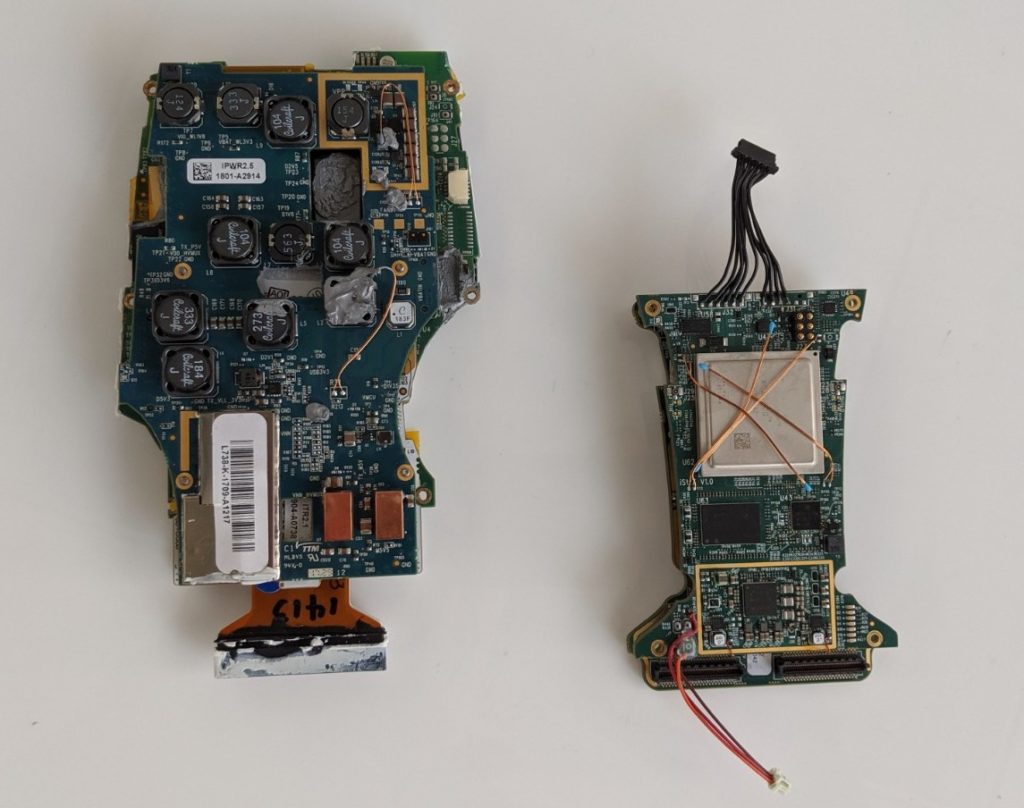
Clarius HD hit somewhat of a sweet spot where there were just enough changes in chipsets, and where the wealth of experience accrued by our team with the first generation could come together to create the most advanced and high-performance handheld device in the industry. To quote a senior engineer at one of our industry partners, “Clarius HD is an engineering marvel”. As an engineer, that gives me a great deal of satisfaction, the true test is now coming as it continues to make its way into the hands of our clinical users.
Ergonomic Endeavours
Unless you have larger hands, the original Clarius was not the most comfortable to grasp. Clarius HD went through dozens of industrial design iterations and input from just as many users helped shape the beautiful form factor that we ended up with. The device was meticulously designed to manage weight distribution and ergonomic comfort for our users – thus far the feedback has been outstanding, “night and day” is the typical response when comparing to the first generation. Staying with tradition, Clarius HD is also fully waterproof, contains a swappable battery, and now adds 2 buttons for hands free control.
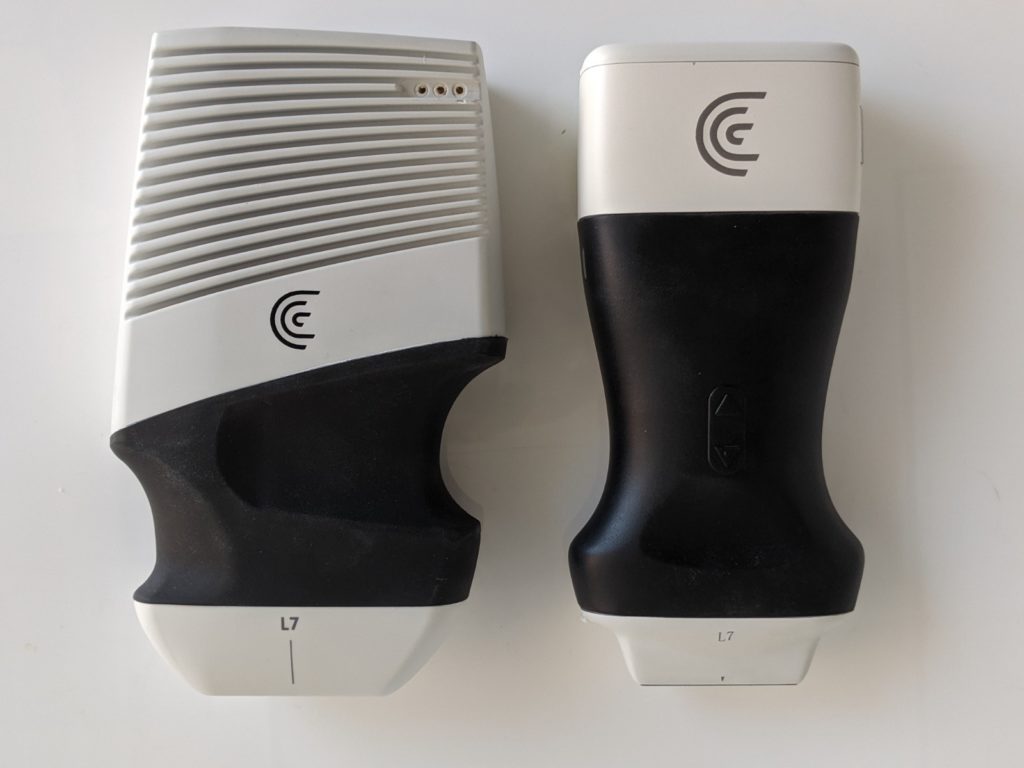
Powering Down
Just like the electric companies are pushing us to do at home, we’re now shaving off the Watts. Clarius HD operates at over 40% less power than its predecessor, and has a fully redesigned thermal dispersion system whilst taking advantage of some new liquid cooling technologies that are designed into our magnesium casing. The battery life is similar to the original Clarius, suitable for around 60 minutes of imaging, however the cell is almost half the size, thus helping to reduce weight even further. Under typical scenarios, users of Clarius HD will not have to worry about heat any more, though we still offer a fan accessory for events like workshops, where there may not be a break between imaging.
8 Beamformers

Most handheld and even laptop style ultrasound systems have 1 or 2 beamformers. Clarius HD touts 8. What does this mean for system performance and ultimately our users? Essentially, better imaging and faster frame rates – for each transmission we can now process 8 ultrasound RF signals in parallel allowing functions only seen on high-end cart ultrasound systems such as: multi-line acquisition, pulse inversion harmonics, and synthetic aperture sequential beamforming.
Specialisation
There’s a trend in the industry to create an all-in-one device that has a broad frequency range and provide imaging for a plethora of applications. There is definitely merit to doing this, as it provides a single solution, lower cost of acquisition, and perhaps a reduced learning curve.
At Clarius, we truly believe that 40 years of specialised ultrasound arrays is a trend that won’t stop. That’s why Clarius HD was created in 6 different styles, each designed with an optimal centre frequency and footprint for the job at hand, and specifically tailored to a few focused applications.
That’s not to say our specialised probes are not multi-functional; our standard curved array and new phased array can still be workhorses for eFAST or RUSH exams (think Abdomen, Cardiac, Lung, Bladder) – but I would not recommend our curved array to perform a superficial nerve block for instance; if that’s what you need ultrasound for, then the product lineup offers a better solution than the curved array.

A Platform for the Future
More than any other product I’ve been involved with, I’m extremely excited about Clarius HD. It not only builds on our first-generation image quality, helping solve the size, weight, and heat obstacles, but it also provides a platform to build upon for the future. We already use artificial intelligence in many parts of the product, including automated image optimisation, power management, and needle highlighting; and with the new architecture we have the ability to leverage highly optimised logic cores to run machine learning models that typically require high end GPUs mostly found in laptops and PCs. The re-programmable nature of our products allows us to continue to provide new features, imaging modes, as well as new diagnostic and guidance tools to our users for years to come, all through a simple App update.
Further to just future proofing through software and firmware, Clarius HD was also designed with a 12-pin expansion port at the rear that will be leveraged to provide new and unique solutions that the ultrasound industry has never seen before. Stay tuned!
By the Numbers
Below is the short-list of major improvements that Clarius HD brings to the table, I hope you’ll share my excitement in the launch of this great new handheld ultrasound platform.
| Clarius 1st Gen | Clarius HD | |
| Average Weight | 550g | 350g |
| Average Operating Power | 15W | 9W |
| PCB Count | 4 | 2 |
| Beamformers | 4 | 8 |
| Highest Available Frequency | 14 MHz | 25 MHz |
| Specialized Models | 4 | 6 (and counting) |
| Buttons | 0 | 2 |



